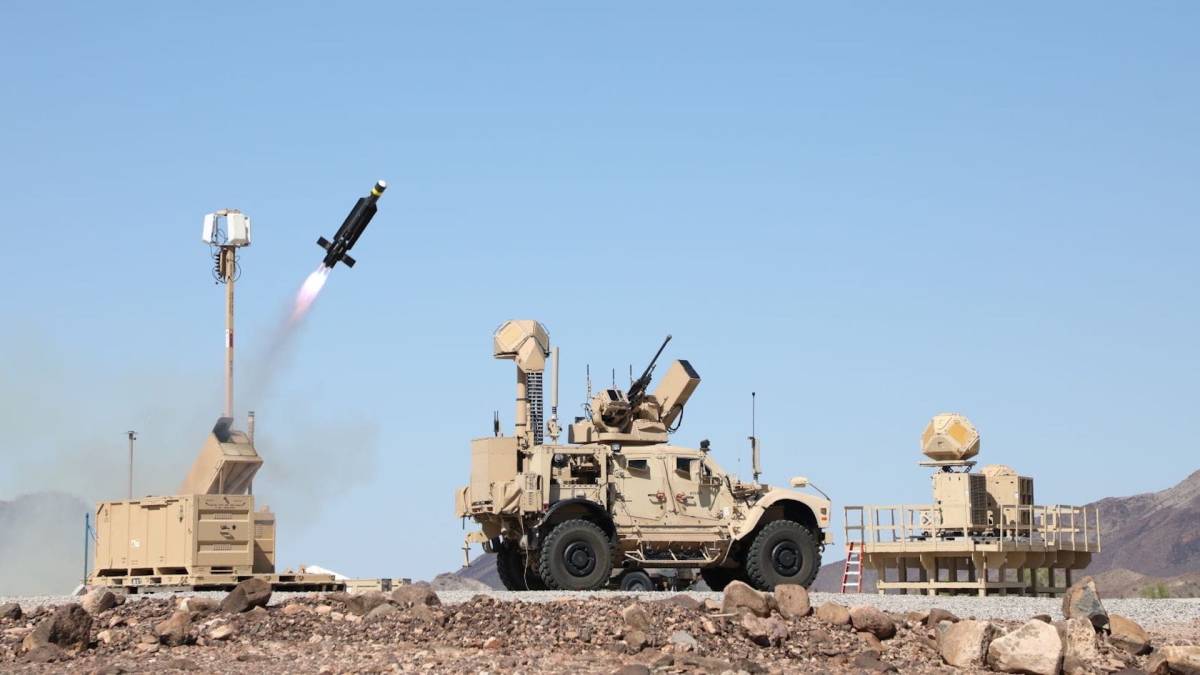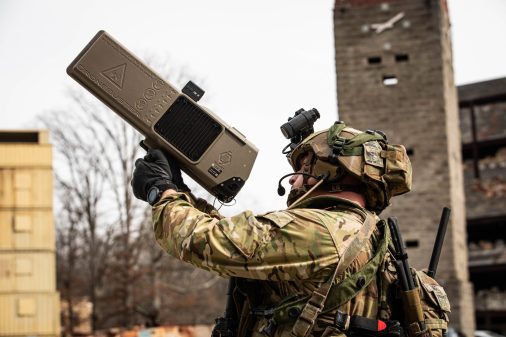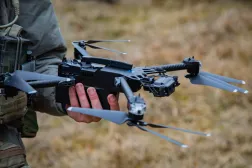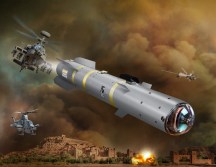Army buys 600 additional Coyote counter-drone weapons amid attacks on US troops

Using rapid acquisition authority, the Army recently awarded a $75 million contract to RTX Corp. to produce 600 Coyote Block 2C interceptors that could be used to help the U.S. military shoot down enemy drones, the service announced Friday.
The award was made Jan. 16 “in direct support” to the Pentagon’s counter-unmanned aerial systems mission, according to a release.
The move comes amid an uptick in kamikaze drone attacks against U.S. troops in the Middle East.
“The contract supports a Coyote Interceptor demand increase and subsequent need to increase production capacity,” the Army said in the release. “The Coyote is a key component of the counter-UAS system of systems. It is a ground-launched, radar-guided interceptor, with kinetic and non-kinetic variants, that integrates into fixed site-low, slow, small-unmanned aircraft system integrated defeat systems and mobile-slow, small-unmanned aircraft system integrated defeat systems.”
The term “kinetic,” in U.S. military parlance, generally refers to missiles or other traditional types of weapons that directly strike their targets. Non-kinetic systems, such as electronic warfare tools or high-powered microwaves, use other types of capabilities to take out enemy systems.
Coyote Block 2 missiles can defeat single drones or swarms “of varied size and maneuverability,” according to RTX.
The Army has previously awarded contracts to Raytheon, an RTX business, for Ku-band Radio Frequency Sensor (KuRFS) radar and Coyote interceptors. Those capabilities have already been fielded.
Looking ahead, the estimated production requirement in the fiscal 2025-2029 time frame is a minimum quantity of 6,000 Coyote kinetic interceptors, 700 Coyote non-kinetic interceptors, 252 fixed-site launcher systems, 25 mobile launcher systems, 118 fixed-site KuRFS and 33 mobile KuRFS, according to a notice of intent to sole source, posted on Sam.gov in December.
Raytheon has also developed a reusable, non-kinetic Block 3 variant of the Coyote.
Last year, the Navy awarded the company a contract worth up to $147 million contract to support work on a modified Coyote Block 3 for the service’s Future Advanced Strike (FAST) effort, according to a Defense Department announcement. That work is expected to be completed by Dec. 25, 2024.
Three years ago, the Pentagon announced that the vendor had been awarded a $33 million deal for work on a Block 3 “autonomous strike” capability. That work had an expected completion date of Feb. 26, 2024.






